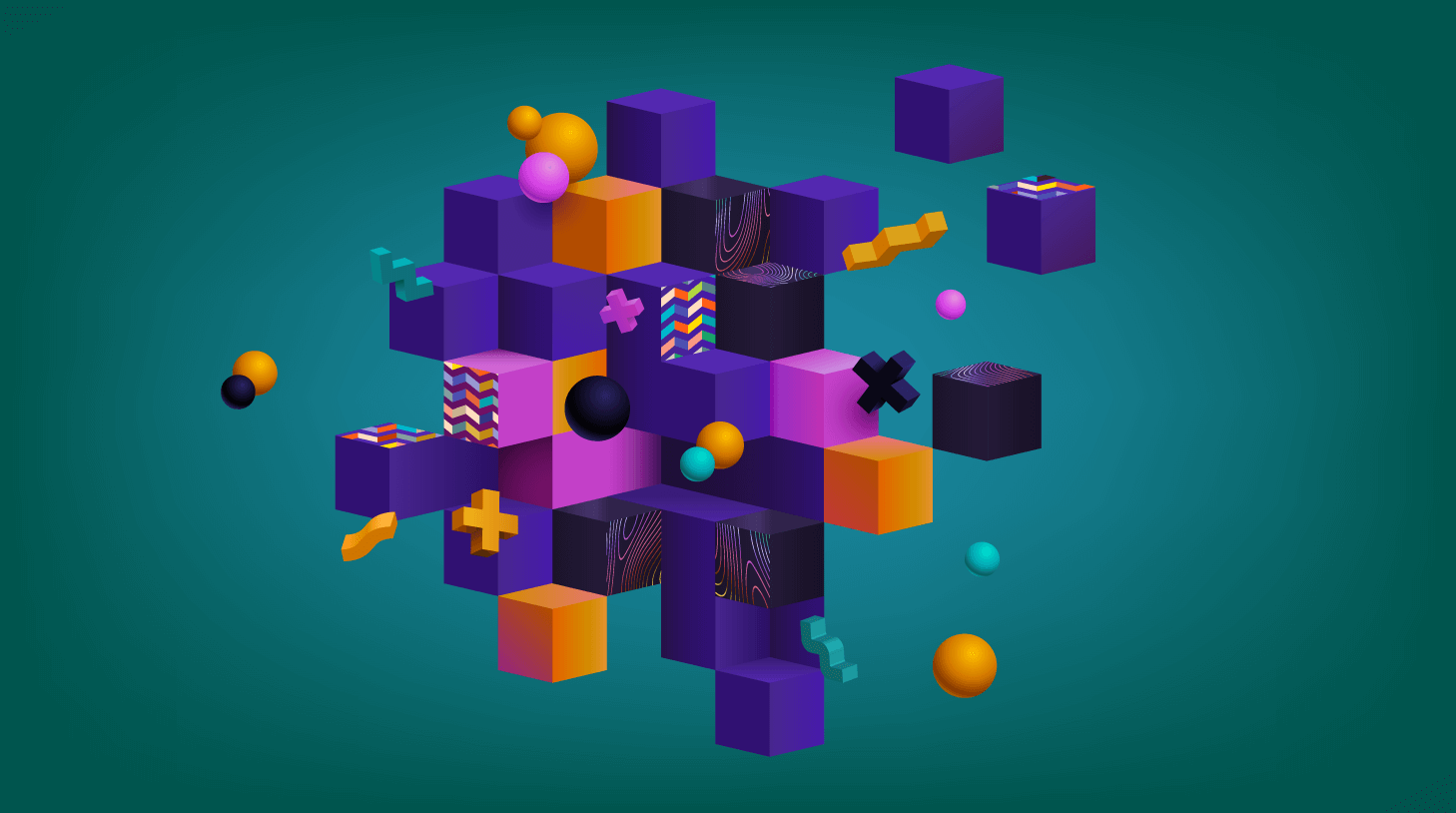7 clever ways ChatGPT can help recruiters get more done
Discover how implements of ChatGPT are reshaping the world of recruitment. This article explores 7 ways AI can enhance job descriptions, automate screening, conduct interviews and much more. Learn to streamline your process radically using these ground-breaking technologies.

AI is no longer a far-off, hypothetical, futuristic concept – it is here, and it’s happening now. As recruiters, we can either pretend the AI revolution isn’t happening, or we can embrace AI technology and figure out how to make it work for us.
Generative AI is still very new, and we’re all still figuring out how it works, but it’s already changing the way we attract and hire talent – mostly for the better. From automating routine administrative tasks to offering data-driven insights, ChatGPT and other AI tools are helping recruiters streamline their processes, make better and more informed decisions, and ultimately get more done with less time.
Let’s dive deeper into the different innovative use cases of ChatGPT for recruitment purposes – how it can improve the candidate experience and lead to better hiring outcomes.
Contents
The impact of ChatGPT for recruiting
Integrating ChatGPT into recruitment processes helps us recruiters be more efficient at our jobs, so we can offer a better hiring experience for the candidates we work with.
Using ChatGPT and other generative AI tools frees up time that we can use on the higher-value, more strategic aspects of our roles. It also makes life better for candidates by giving them instant responses to queries, and a seamless, interactive recruitment process.
Making use of ChatGPT for recruiting and HR can also make our recruiting process more inclusive. When we use generative AI to craft job descriptions that are free of biased language, we can create a more diverse and inclusive hiring process.
7 clever ways recruiters can use ChatGPT
The power of AI lies in its versatility and adaptability. Processes like onboarding and initial candidate screening are just some of the use cases for using ChatGPT in recruitment, but the possibilities of the technology are potentially limitless.
It’s important to remember, also, that ChatGPT and other AI tools are here to help us enhance our skillsets and help us be better recruiters – not to replace our jobs.
1. Creating dynamic job descriptions
Making the perfect job description is equal parts art and science. It takes a clear understanding of a role and the skills required, and the ability to communicate them effectively.
This is the kind of work that GPT-powered AI tools excel at. Workable has its own AI job description generator which you can use to create a solid foundation.
Then, using ChatGPT or a similar AI tool, you can further refine and enhance it in a way that works in the nuances of job requirements, skills, and other key aspects of the role.
Let’s say you use Workable’s AI job description generator to make a basic job posting for a project manager role in the animation industry and give it a friendly tone:
You can ask ChatGPT to build on that foundation and flesh it out with a prompt like:
“I’ve used Workable’s job description generator to create a basic description for a project manager role. Now, I’d like to add more depth. The role involves overseeing project execution, managing team members, and ensuring the timely delivery of projects. Can you help me elaborate on these responsibilities and suggest some desired skills and qualifications?”
Using ChatGPT in conjunction with other AI and recruitment tools like Workable, you can create dynamic job descriptions that stand out from the crowd amongst dozens of postings for similar roles.
2. Automating initial candidate screening
The average recruiter has to sift through a practically biblical flood of resumes and cover letters to go through the initial screening of candidates for any given role.
AI tools can greatly streamline this process when you train it to review resumes and cover letters and identify the most promising candidates based on specific keywords and required qualifications.
For example: using a prompt such as: “Review these resumes and rank the candidates based on their qualifications for a software engineer position” can help you quickly pick out candidates who match the criteria you’re looking for:
3. Setting up an interactive FAQ chatbot
Candidates have to face off with hundreds of applicants no less deserving than themselves for the same role, so they’re anxious for quick and frequent updates and easy access to information.
A way you can meet their expectations is by using ChatGPT and other chatbot recruiting tools to answer common candidate questions regarding the company culture, job roles, and the application process.
While ChatGPT is powerful and useful on its own, you can use it in conjunction with other tools to enhance its capabilities. Tools such as Drift, Intercom, or LivePerson can be used to handle the main interface, while you make use of ChatGPT for any queries that require more personalized responses.
For example: a prompt like “Answer common questions about our company culture, job roles, and application process” can help you anticipate common FAQ questions, make appropriate responses, and plan your chatbot automations accordingly.
4. Conducting initial interviews
Initial interviews are your chance as a recruiter to get to know the candidate as a person, and assess their suitability for a role beyond what you see on their resume.
Workable’s video interview question generator can give you a solid foundation for questions to ask in the initial interview, and another AI tool like ChatGPT can make those questions more clear, more specific to the role, or more personalized to the candidate – diving deeper into their story, their experience, and their ability to succeed in the role.
For example: After having the Workable interview question generator create questions for a sales manager position, you can give them to ChatGPT with a prompt like: “I’ve used Workable’s interview question generator to generate some basic interview questions for a sales manager position. Now, I’d like to add more depth. Can you generate a list of behavior-based interview questions that focus on leadership, team management, and sales strategy?”
5. Automating follow-up communications
There’s an old line of thinking in recruitment – “it’s all in the follow-up.”
Timely follow-ups and updates show candidates that you respect their time, but consistent communication is time-consuming for the average recruiter who is already juggling multiple candidates and priorities.
AI tools can be used to automate follow-up communications with candidates to schedule interviews, provide feedback, and offer updates on the status of their application – and personalize the emails to each candidate.
For example: a prompt like “Draft a follow-up email to a candidate after their interview, providing feedback on their performance and discussing the next steps in the process.” can be tweaked and templatized to streamline your communication workflow with job candidates.
6. Streamlining the onboarding process
The onboarding phase gives both the new hire and you a chance to start things off on the right foot and enable them to succeed.
It’s in both your and the candidate’s interests that it go smoothly, but creating individualized onboarding plans is too resource-intensive to do for each new hire.
Enter ChatGPT – which can be used to streamline your onboarding process and make it tailored to each new hire’s role, ensuring that they receive the right training and guidance as they begin their new role.
Try using a prompt like: “Create a personalized onboarding schedule for a new software engineer hire. The schedule should include an introduction to the team, training on our software development processes, and a meeting with their project manager.”
Tweak and individualize it to make a consistent onboarding process that sets up new hires for success from the day they start.
7. Enhancing training and development with simulations
Recruiters need to continually refine their skills to be good at what they do, just like any skilled work. Using ChatGPT in recruitment training processes can create realistic training simulations and role-playing exercises, so you can prepare for a variety of recruiting situations and respond to candidates accordingly.
You can use HR chatbots to play the part of a candidate and practice your interviewing skills, which in turn can lead to better hiring decisions.
For example: try a prompt like “Act as a candidate for a role-playing exercise for interview training. The role is a software engineer and the candidate has five years of experience in the field.”, test out different responses and see what the outcomes are.
Embracing ChatGPT for recruiting
The future of recruitment is here, and AI is its engine. These are just a few examples of how recruiters can use ChatGPT to be more effective at their jobs, but they are by no means the only ones. The potential use cases for ChatGPT and AI tools in recruitment are limited only by your own imagination.
Using ChatGPT for recruiting can streamline your workflows, make a better interview and hiring experience for candidates, and find and keep the best talent.
If you’re ready to take your recruitment process to the next level with AI, Workable is here to support your transition every step of the way. Get in touch with us to learn more about how we can help you make the most out of ChatGPT for your recruiting process.
Frequently asked questions
- How does AI enhance the recruitment process?
- AI streamlines tasks such as automated follow-ups, assessments during initial screenings, and conducting interviews to help recruiters maximize their time effectively.
- Can I use ChatGPT on its own for recruiting or do I need other tools too?
- While powerful alone, combining it with tools such as Drift or Intercom extends its capabilities offering even richer recruiting experiences.
- Does adopting AI mean eliminating human roles in recruitment?
- Nope! Tools like Workable and others aim to augment our skills as recruiters rather than replace us entirely.
- Is personalization possible with automated communication via AI?
- Yes indeed! You can structure personalized emails & communications based on candidates' specific needs using prompts.









